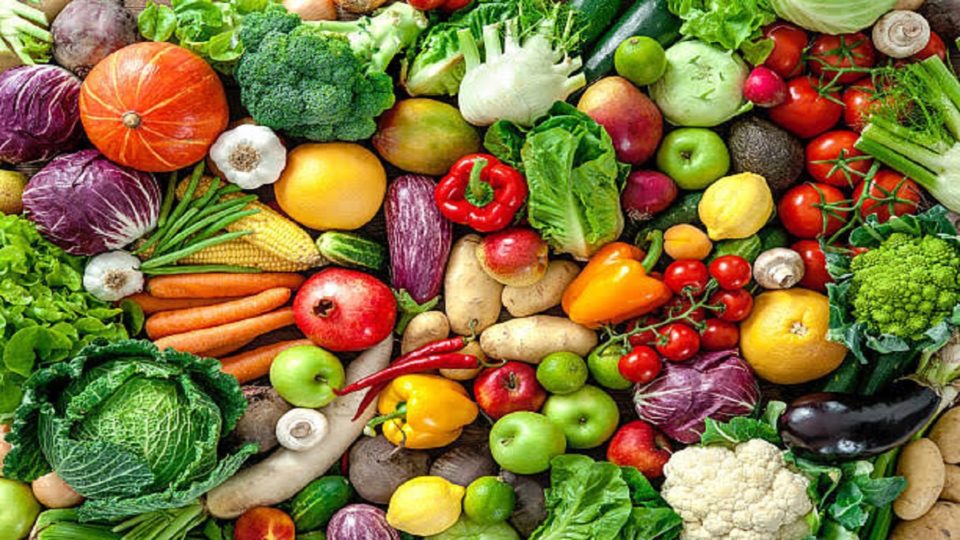By Jidechukwu Angela Nwabueze
Food is a term we are all familiar with (We all eat food on daily basis, either at home or bought in a nearby restaurant or any food joint). Even without a clear definition of what food really is, the mention of the word “word” conjures different meals we take.
Whether based on belief or science, certain foods have been credited with healing powers.
In recent years, nutritional investigations (Delish editors, 2021; Gunnar, 2019; Novakovic, 2020; Pamploma-Roger, 2010) concentrated on the effect diet has on the prevention and treatment of circulatory disease, diabetes, cancer, and obesity.
Consequently, population and clinical studies have demonstrated, for example, that the abundant use of fruits and vegetables prevents the initiation of certain cancers. The eating of grain cereals and oil-bearing nuts reduces excess level of cholesterol in the blood and the risk of myocardial infarction (heart attack).
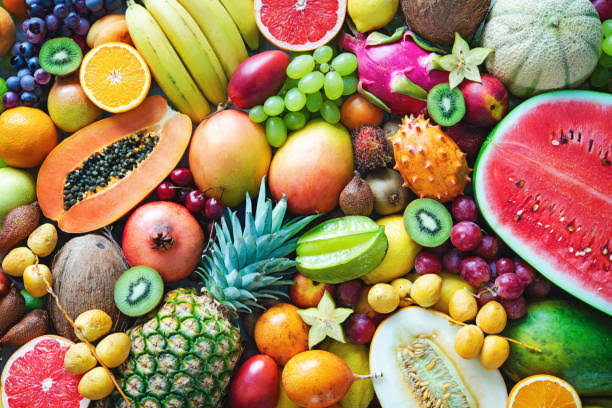
Now, to the topic of the study: “Health Foods: Foods for the Skin”
The understanding of this topic will require the following:
- An explanation of the term, “Skin”
- The functions of the skin
- The physical characteristics of the skin (which is the major reason the skin requires certain foods)
- Diseases of the skin and diets to increase or reduce in order to take care of certain skin diseases.
Let’s begin with the explanation of the term “skin”
We all have skin. That part of the body we bathe, apply cream to, and cover with clothing is the skin. It is the very part of the body permitting the sense of touch.
Accordingly, Oxford Advanced Learner’s Dictionary defined the skin as the thin layer of tissue forming the natural outer covering of the body of a person or animal.
As we were taught in biology, the skin has three layers namely; the epidermis (which provides a waterproof barrier and creates skin tone); the dermis (which contains tough connective tissue, hair follicles, and sweat glands), and the hypodermis (which is the subcutaneous tissue which is made of fat and connective tissue).
What then are the functions of the skin?
The skin performs the functions of protecting us from microbes (tiny living things that are found around us and are too small to be seen by the naked eye); regulating the body temperature with its blood supply and through the process of sweating; and permitting the sensations of touch, heat, and cold.
The skin according to Pamplona-Rodger (2010) possesses three physical characteristics:
- It is sensitive to nutritional deficiencies.
- The skin is referred to as the third kidney. This is largely because it is actively involved in the body’s purifying process.
- The skin is the source of allergic reactions.
This third physical property of the skin leads us to the diseases of the skin and diets to increase or reduce in order to take care of certain skin diseases.
It is very important for us to note that diet play a prominent role in the condition of the skin and its related structured such as the hair. On a daily basis, the skin’s cells are being replaced and this accounts for a constant supply of nutrients for the production of new cells.
This equally makes the skin particularly sensitive to nutritional deficiencies, especially proteins, essential fatty acids, vitamin A and C, iron and zinc.
Now, what are the different types of skin diseases? Which food should one increase or decrease in order to maintain a healthy skin?
For the first question, the different types of skin diseases include:
- Acne
- Dry Skin
- Hair fragility
- Cellulitis
- Allergies
- Proriasis
- Dermatitis and Eczema
- Dark Circles
For the second question, skin types vary and as such, the nature of one’s skin determines the food that should be increased, decreased, or eliminated.
For instance, a person who has acne would probably increase the intake of foods like fruits and vegetables, whereas the person who has allergies would decrease or even eliminate the intake of such foods.
Now, let’s explore healthy foods for the skin using the necessary foods to increase and decrease when suffering from any of the above skin diseases.
1 Acne:
This is a skin condition characterized by red pimples on the skin, especially on the face, due to inflamed or infected sebaceous glands. These sebaceous glands produce sebum, oil that protects the skin.
However, when the follicles of these glands are obstructed, which may result in variety of causes, the sebum accumulates within and the glands. In this condition, the sebum cannot flow properly, making the glands become infected and inflamed.
Research by Mayo Clinic indicated that acne causes whiteheads (closed plugged pores), blackheads (open plugged pores), papules (small red, tender bumps), pimples (pustules), nodules (large, solid, painful lumps under the skin), and cystic lesions (painful, pus-filled lumps under the skin).
What cause acne?
Acne is caused by hormonal changes which is particularly caused by the androgens responsible for growth in boys and girls; certain medication, especially drugs containing corticosteroids, testosterone, or lithium.
Diet (Studies indicate that certain food including carbohydrate-rich foods such as bread and chips may worsen acne. This, a diet that is poor in fruit, nuts, grains, legumes, vegetables, animal fats, and additives may increase acne).
Healthy Foods: Foods to Increase (That is, foods that can help prevent acne or heal acne): Fruits, vegetables, whole grains, soy, andvitamin E (almonds, peanuts, spinach, pumpkin, and so on)
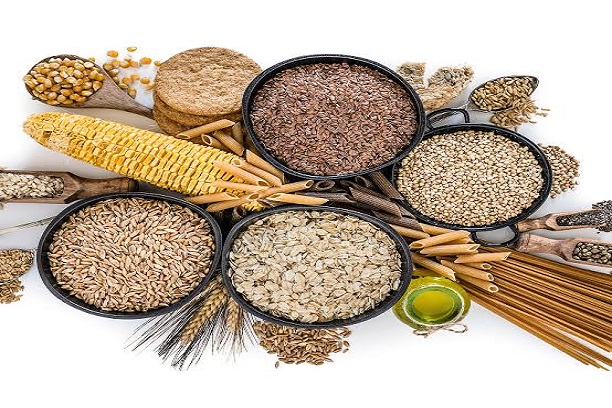
Foods to Reduce: Sugars, pies, crisps milk, chocolate, salt.
2. Dry Skin:
This is an uncomfortable condition marked by scalding, itching, and cracking. It’s important to note that because of age, excess fat insulation, and harsh chemical substances, skin cells tend to dehydrate (lose moisture). This makes the skin rough, cracked, and unattractive.
Healthy Foods: Foods to Increase (That is, foods that can help prevent acne or heal dry skin): beans, carrot, peanut, cucumber, mango, sunflower seeds.
3. Hair Fragility:
This is when the hair becomes dry, brittle, and breaks easily with minimal amount of handling. This leads to hair loss which is normally due to hormonal factors.
Healthy Foods: Foods to Increase (That is, foods that can help prevent acne or heal hair fragility): beans, molasses (a sweet brown liquid with a thick, syrup-like constituency. It looks like honey but isn’t honey. Molasses is made from refining sugarcane or sugar beets into sugar), coconut, vitamin A/retinol (cod-liver oil, eggs, brocolli, spinach, leady vegetables and so on), and B Group vitamins (thiamine, riboflavin, niacin, panthothenic acid, pyridoxine, biotin, folic acid, and cobalamin).

4. Cellulitis:
This is a common potentially serious bacterial skin infection mostly causes by two types of bacteria- staphylococcus aureus (staph) and streptococcus aureus (strep). The term cellulitis is used to describe two distinct disorders:
- Inflammation of the subcutaneous tissue just below the dermis. This infection tends to be quite serious and is generally the result of wounds and other trauma to the skin;
- Inflammation or variation of the subcutaneous tissue that is not infected, which is particularly in obese women. Here, the skin loses its smoothness and takes on an irregular orange peel appearance.
Healthy Foods: Foods to Increase (That is, foods that can help prevent acne or heal cellulitis): Diuretic foods (diuretic are substances that increase the amount of urine one produce and equally help the body get rid of excess water.
Diuretic foods include coffee, horsetail, parsley, Caraway, and so on), fruits, whole grains, legumes, fiber, and vitamin A (cod-liver oil, eggs, brocolli, spinach, leady vegetables and so on).
Foods to Reduce: Saturated fat, salt, alcoholic beverages, and sugars
5. Allergies:
An allergy is the body’s rejection of a chemical substance known as allergen or antigen.
Healthy Foods: Foods to Increase (That is, foods that can help prevent acne or heal allergies): Ginger, citrus fruit, turmeric, tomatoes, onions, salmon and other oily fish.
Foods to Reduce: Milk, fish, shellfish, egg, meat, additives, spices, alcoholic beverages, chocolate, honey, nuts, vegetables and skin.
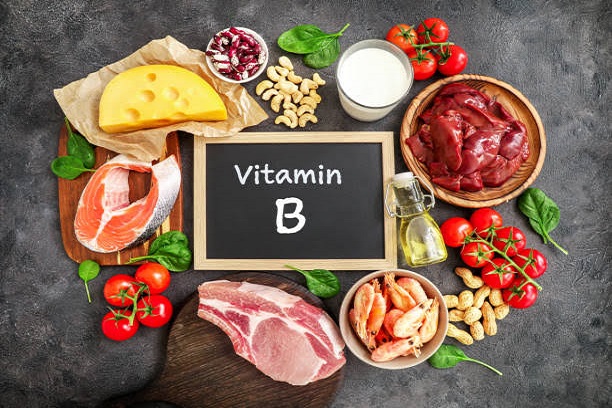
6. Proriasis:
This is a hereditary skin disease characterized by redness and scaling of the skin on various parts of the body (elbows, knees, scalp, and thorax). To prevent this type of skin disease, sunbathing (the activity of sitting or lying in the sun, especially to tan the skin) is very necessary.
Healthy Foods: Foods to Increase (That is, foods that can help prevent acne or heal proriasis): Vegetables, fish oil, molasses, and vitamin A (cod-liver oil, eggs, brocolli, spinach, leady vegetables and so on).
Foods to Reduce: saturated fat, milk, meat, and alcoholic beverages
7. Dermatitis and Eczema:
Both refer to a skin condition characterized by irritation and inflammation, itching, blistering, and scaling.
Healthy Foods: Foods to Increase (That is, foods that can help prevent acne or heal dermatitis and eczema): Niacin (Vitamin B3), soy milk, vegetables, artichoke, sunflower, oil supplements, molasses, vitamin B6, and vitamin A (cod-liver oil, eggs, brocolli, spinach, leady vegetables and so on).
Foods to Reduce: Milk, fish, shellfish, egg, meat, additives, spices, alcoholic beverages, chocolate, honey, nuts, vegetables and skin.
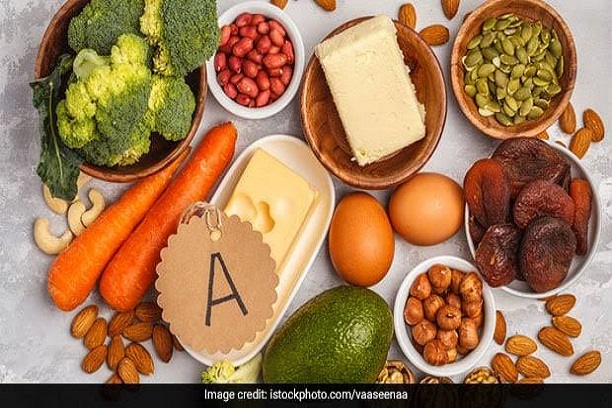
8. Dark Circles:
This is the darkening of the skin beneath the eyes.
The following are possible causes of dark circles: Fatigue (That is, oversleeping, extreme fatigue, or just staying up a few hours past your normal bedtime), natural aging, eye strain (This strain can cause blood vessels around your eyes to enlarge.
As a result, the skin surrounding your eyes can darken), allergies (Allergic reactions and eye dryness can trigger dark circles. When you have an allergic reaction, your body release histamines as a response to harmful bacteria); dehydration, sun overexposure and genetics.
Healthy Foods: Foods to Increase (That is, foods that can help prevent acne or heal dark circles): Fruits: Avocados, guava, cucumber, watermelon, blueberries; vegetables like tomatoes, beetroot, green vegetables; and all foods rich in vitamin E

Summarily, foods for the skin are diet based on raw fruits and vegetables. Take more of peanuts- groundnut, earthnut (it nourishes and fortifies the skin); Cucumber (it cleanses and beautifies the skin); Mango (it nourishes the skin and protects the arteries); Bean, whether white, kidney, Lima, brown haricot, pinto, or black-eyed bean (It nourishes the skin).
References
Brown, J. J. (2018). 8 surprising health benefits of B vitamins. Retrieved from https://www.everydayhealth.com/pictures/suprising-health-benefits–vitamins
Delish Editors (2021). The 30 healthiest foods you could ever eat. Retrieved from https://www.delish.com/cooking/nutrition/g585/30-healthiest-foods/
Novakovic, A. (2020). What are the most healthy foods? Retrieved from https://www.medicalnewstoday.com/articles/245259
Hoffman, M. (2019). Picture of the skin. Retrieved from https://www.webmd.com/skin-problems-and-treatments/picture-of-the-skin
Hornby, A.S. (2015). Oxford advanced learners dictionary of current English (9th ed). London: Oxford University Press.
Mayo Clinic (2020). Acne: An overview. Retrieved from https://www.mayoclinic.org/diseases-conditions/acne/symptoms-causes/syc-20368047
Mayo Clinic (2019). Dark circles under the eyes. Retrieved from https://www.mayoclinic.org/symptoms/dark-circles-under-eyes-basics/definition/sym-20050624
Pamploma-Roger, G. D. (2010). Healthy foods. Colmenar Viejo, Madrid: Editoriall Safeliz.
University of OOWA Health Care (2020). Hair fragility. Retrieved from https://uihc.org/health-topics/hair-fragility

